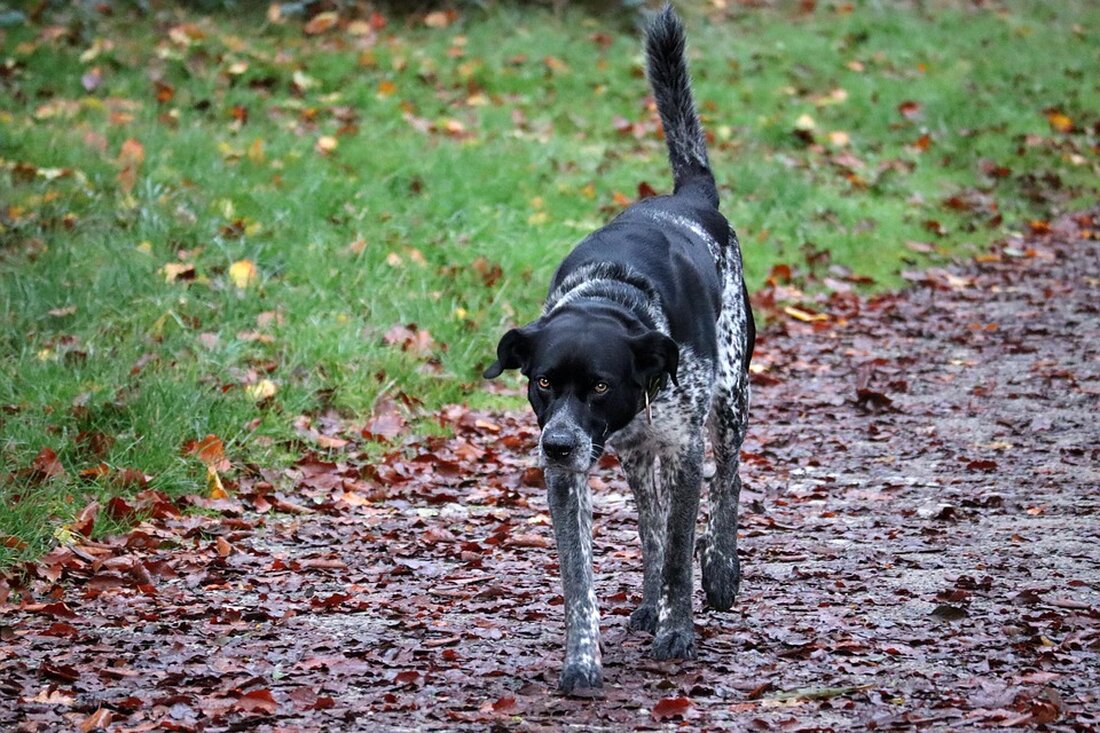Searching for clues: martyr remains in the focus of Project 515
Learn more about Project 515 to identify martyrs in Vietnam, ongoing surveys and future plans for improvement.

Searching for clues: martyr remains in the focus of Project 515
Project 515, which will be implemented from 2021 to 2025, aims to coordinate the search for martyrs' remains in Vietnam and organize their collection. Loud Vietnam.vn The Provincial Association of War Veterans works closely with the Provincial Military Command and Steering Committee 24. The aim of the project is to collect and verify information about martyrs, their graves and unidentified remains.
Over the past five years, over 2,100 information forms have been issued and 200 forms containing information on sacrifice locations and burial sites have been collected. Authorities have also organized surveys, compiled comparative records and created maps to aid in the search for martyrs' remains. A highlight of the activities was the commemoration and burial of the remains of martyrs on May 31, 2025 at the Ninh Hoa – Van Ninh Martyrs Cemetery.
Martyr identification activities
The members of the veterans association conducted field surveys and compared military documents. In 2022, they discovered and exhumed the remains of martyr Ca La Ni in the Gugana area. Martyr Giang Van Man's remains were also exhumed after six months of coordination and buried in Hanoi in 2022. The Cam Ranh City Veterans Association found two martyrs in Cam Loc District in 2024.
Under the leadership of the Provincial Party Committee and the Provincial People's Committee, Project 515 will continue to carry out comprehensive documentation and propaganda work to increase awareness and responsibility towards the martyrs in society. Over 17,800 members of the association, many with combat experience, are actively involved in identifying and searching for martyrs.
Identification and documentation of war victims
This runs parallel to the activities in Vietnam Federal Archives in Germany conducted research into dog tags, which, together with mortal remains, help to clarify the fates of war dead. If identification tags are found, the relevant state associations or local authorities should be informed about the recovery of the remains. The Federal Archives takes on the task of determining the names of those wearing the identification tags.
It is important that the identification tag remains where it was found; it is essential for the identification process. This procedure enables deaths to be corrected and reburied in personal graves. Personal items found during rescue can be handed over to any living relatives.
However, the Federal Archives is generally not interested in dog tags without remains, as these are often only surface finds. Applications for the decryption of the identification tags, which are processed through the directories kept in the Federal Archives, can incur costs of up to 20 euros per checked identification tag.
For the research, a completed usage application must be submitted in order to determine the name and fate of the soldier. In accordance with legal provisions, information about natural persons is only released ten years after death, with the protection period ending at the latest 100 years after birth if the year of death cannot be determined.

 Suche
Suche
 Mein Konto
Mein Konto